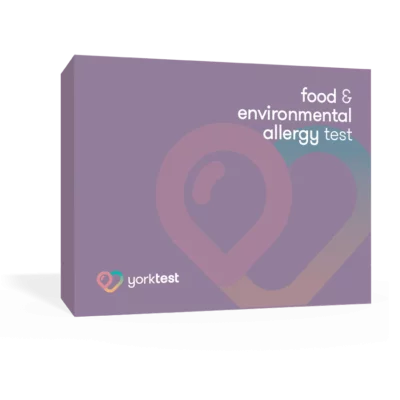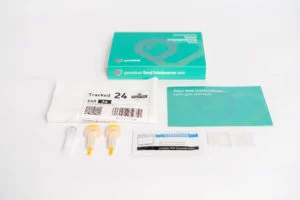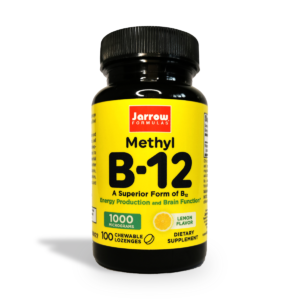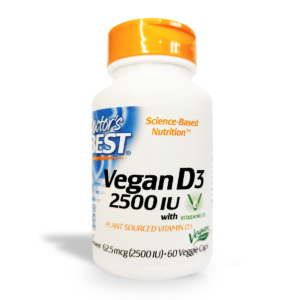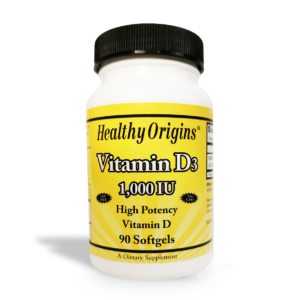How do I treat peanut allergy?
If you think you or somebody else might be allergic to peanuts, you should seek medical advice as soon as possible. Although relatively rare, severe reactions can be fatal, and as such it’s always best for symptoms to be tackled immediately.
For a diagnosis of a peanut allergy you would be questioned about your symptoms and history of reaction to peanuts, in order to determine if they may be the potential trigger. A skin prick or blood test may be carried out to help with a diagnosis.
If it turns out that you do have a peanut allergy, you may be given medication such as an antihistamine to take in the event that you come in contact with peanuts. If your GP thinks you may be at risk of suffering from anaphylactic shock, you could also be prescribed an epinephrine pen.
How is peanut allergy managed?
As with most allergies, the best form of management is to avoid the trigger where possible. Combined with preventative medication, many people can avoid symptoms by simply not eating peanuts.
As peanuts are so prevalent in the food industry, avoiding them can seem difficult. However, in Europe moves have been made to make it easier for allergy sufferers to identify potential trigger foods. It’s now a legal requirement for food producers, restaurants, cafes and takeaways to label for allergens, so make sure to always read labels or ask if you’re unsure about the ingredients of a food.



